We're still reeling a bit from today's announcement of Vision Pro, Apple's biggest new platform/hardware product rollout in years. The magnitude of the entirely new computing interface the company is trying to sell here is matched only by the augmented reality headset's significant $3,499 starting price.
Whether or not Apple's gambit here can succeed in a headset-curious but still largely headset-skeptical market will depend in large part on the quality of the "immersive" experience Apple can deliver. We'll only know by actually putting this thing on our heads. Before we get that eyes- and hands-on time, though, here are some immediate thoughts on how to position Vision Pro in the market and in your mind.
Don’t judge Vision Pro by the standards of VR
Comparing the Vision Pro to the current state of the art in virtual reality makes its value proposition seem like a real uphill climb for Apple. After all, for the same price as just one Vision Pro, you could buy three-and-a-half Quest Pro headsets (after the recent price drop to $999) or a full seven of Meta's upcoming Quest 3 headsets (one for every day of the week).
But while the Vision Pro looks a bit like existing VR headsets, this is first and foremost an augmented reality device (i.e., one that projects images on top of your natural view of the "real world"). That puts it in the same category as Microsoft's Hololens 2, which launched for developers at $3,500 in 2019, or the Magic Leap 2, which launched for $3,299 last year.
That difference matters for more than price-competitiveness reasons. The use cases for a true augmented reality device go way beyond those for a dedicated virtual reality device (which fully blocks your view of the real world). [Update: To be clear, the Vision Pro's display presents a live view of the real world as it senses it through its multiple cameras and sensors, with a claimed latency of just 12 ms. This is often referred to as "mixed reality" (MR) or "extended reality" (XR), but the use case is still more akin to AR devices that project images on top of your natural view of real-world scenes.]

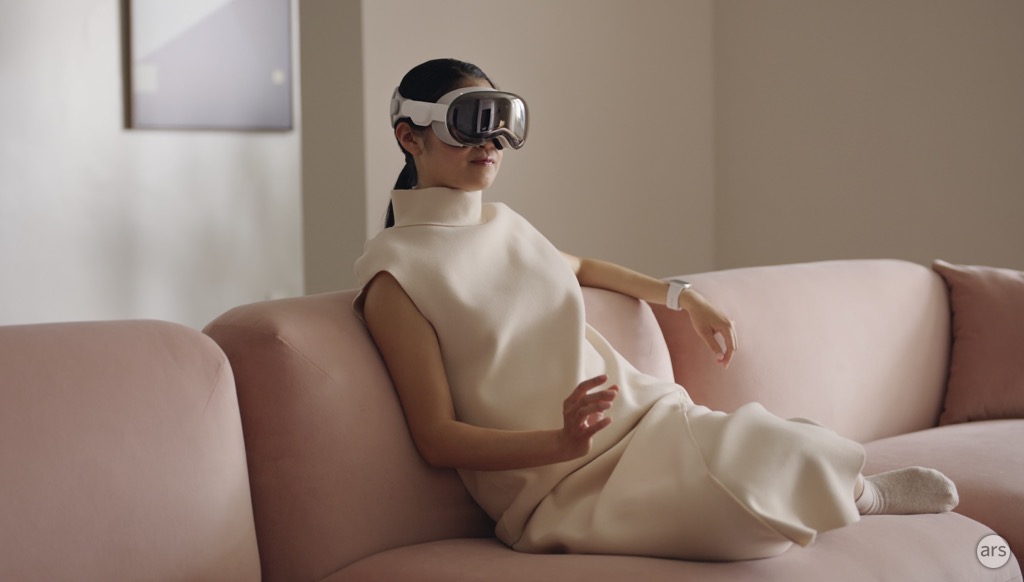
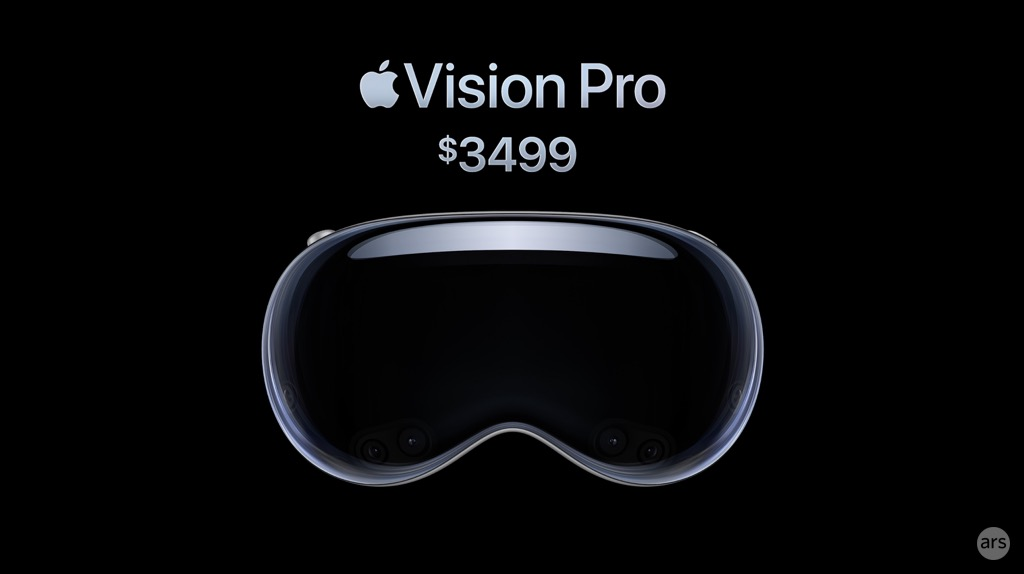

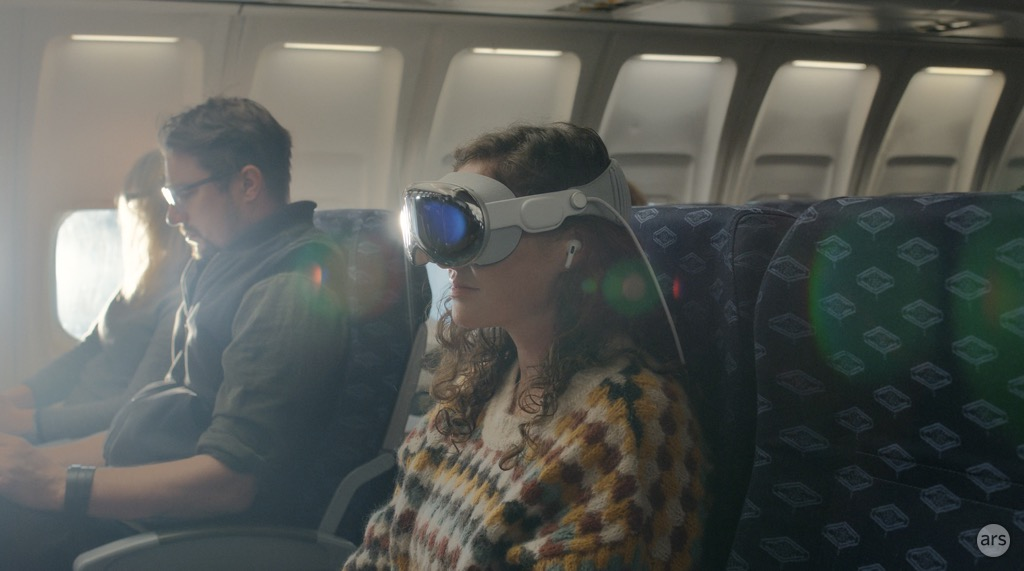
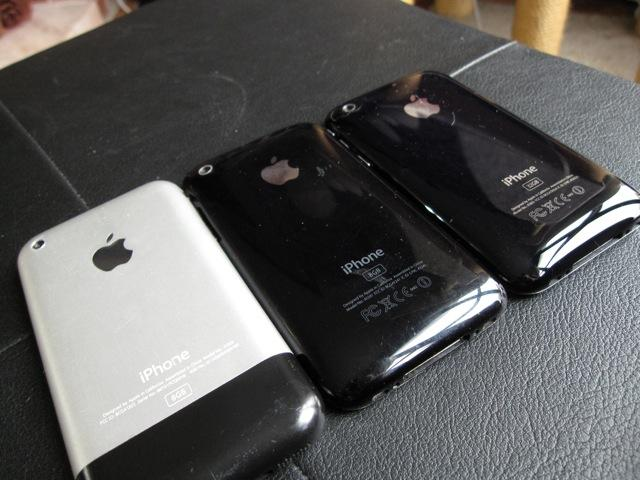
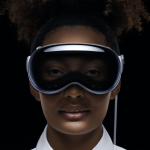



It feels like a long way from $3500 to commodity pricing, but if any company can pull it off, it’s probably Apple. Imagine showing someone in line for the first iPhone an SE 2022 and telling them that not only does it cost $429 without any carrier subsidy, but carriers literally give them away for free to attract new business.
And the technology is absolutely not out there for cheap, decent AR (if you want cheap, awful AR, Facebook will have you covered). What Apple needs to do here is get these out in the hands of people who wanted Hololens to be decent, like factory applications. Or designers who want the 3D stuff. And then they can figure out what UI AR really needs. Nobody's ever done this before. And then they can make it better and then work on a cheap(er) version.
Am I going to get version 1? Hell no, this is all beta test, and it usually takes Apple three versions or so to get things right. The first two iPhones were so primitive you'd throw them across the room if you tried to use one now - which led to Ballmer's silly comments (and from all the other phone makers), but eventually they figured out what they were doing. It's going to be the same here. Your $3500 device has a 1 year shelf life. But there will probably be enough beta testers for Apple at that price.
$3500 for Vision Pro seems like a bargain.